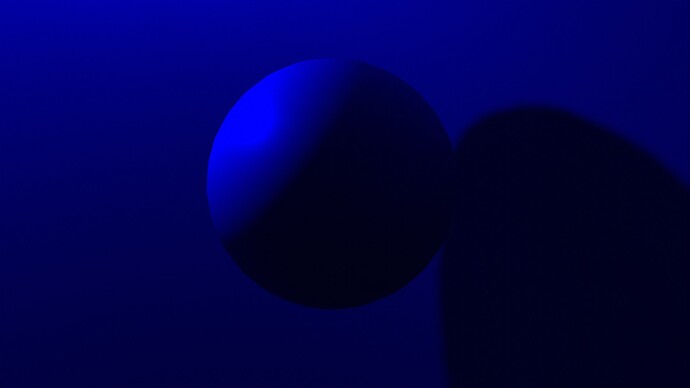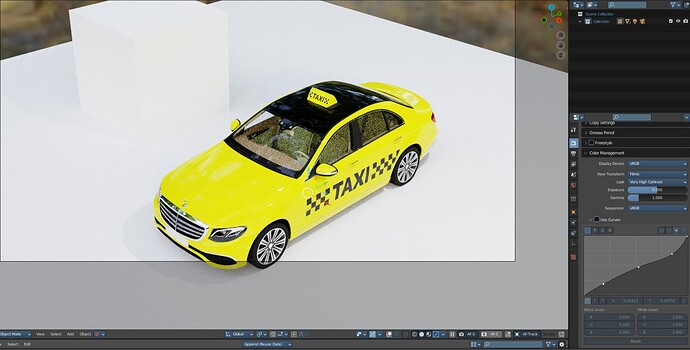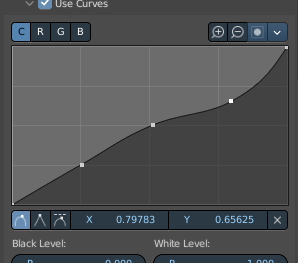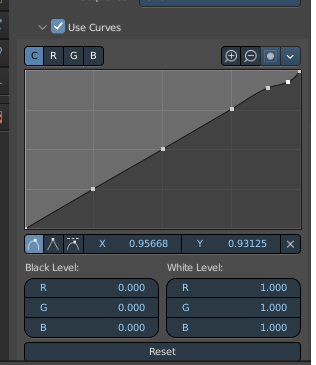This is actually a really solid point to focus on. Specifically, it is worth thinking about what “contrast” is.
We cannot expect “contrast” to occur anywhere other than in our visual systems. We can follow some general trends, but ultimately we are balancing what “contrast” is, and what is happening in the tristimulus values.
Contrast is the sensation of a steeper “gradient”. But that asks a new question; “A gradient in what domain?”
That is, in terms of perceptual implications, “contrast” can be defined as a difference along three loose axes:
- Perceptual “brightness”.
- Perceptual “chroma”.
- Perceptual “hue”.
Any one of the three will yield a steeper gradient in perceptual terms, and create contrast.
The problem is that there is no such thing as infinite contrast. We are bound to the medium. As we distort the tristimulus ratios, bad things start happening.
Think about the simplest render of an R=G=B sphere rendered under a pure BT.709 blue “light”.
How do we add “contrast” to this formed image?
We can only increase the gaps between the blue tristimulus values so far, and if we do so, we are going to introduce perceived posterization, or Mach Banding etc. There are limits!
But even if we choose to push the image further, we need to consider where we are pushing values beyond the medium’s representation range. Some possible outcomes:
- Values that are pushed beyond move toward an achromatic value.
- Values that are pushed beyond distort to another hue.
- Values that are pushed beyond shift in chroma.
All of these are extremely challenging to negotiate, and no such model for image manipulation exists.
Contrast is an incredibly challenging concept.
The best we can hope for is for authorial tools to be responsive to the authors, such that they are afforded more control to adjust the image, both pre and post image formation, for their work and their voice.
TCAM is a architectural spine for a colourist-centric tool. As such, it actually fares extremely poorly without colourist interaction and look development. This is something that many folks pushed back against in the early days of Filmic, and wanted something that “Just Worked”.
The best way to see this is to try it. Filmlight offers a download of their basic, non proprietary look excluded, TCAM configuration. It will become clear that it is an architectural decision, and not an aesthetic baseline.
If someone wishes to try a real, high end system used to grade and shape the imagery of most of the higher end motion pictures out there, Baselight Look is also a free download that integrates TCAMv2.






